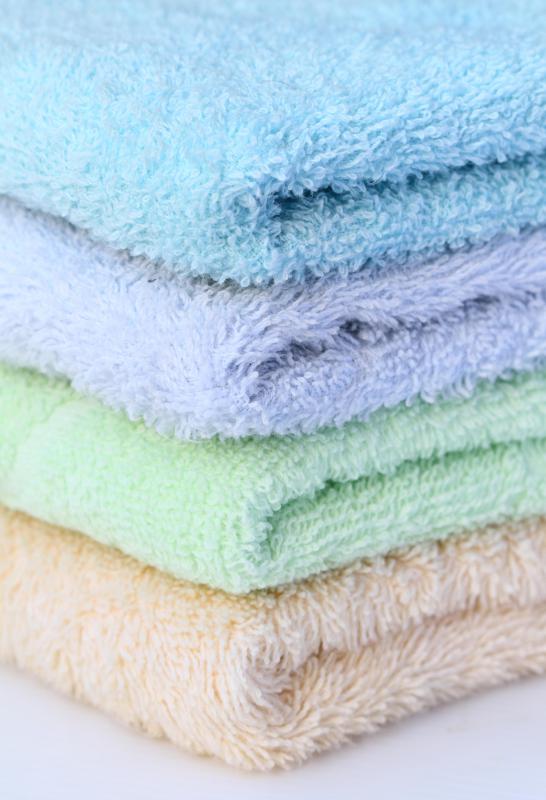At WiseGEEK, we're committed to delivering accurate, trustworthy information. Our expert-authored content is rigorously fact-checked and sourced from credible authorities. Discover how we uphold the highest standards in providing you with reliable knowledge.
What is Bullous Impetigo?
Bullous impetigo is a skin infection characterized by the presence of large fluid-filled blisters. This infection can be treated with antibiotics to kill the bacteria that cause it. People under the age of two are most likely to develop bullous impetigo and this condition can be treated by a pediatrician, general practitioner, or dermatologist. It is important to be aware that all forms of impetigo are highly contagious.
This infection is usually caused by Staphylococcus bacteria, although sometimes Streptococcus are involved. The bacteria are often introduced because of existing irritation such as a reaction to skin cream, sunburn, or diaper rash. Large blisters filled with clear fluid develop, eventually turning cloudy and then bursting to leave a crust behind. The patient may also feel tired and feverish. Sometimes diarrhea develops.

Bullous impetigo blisters are often seen on the face and extremities. While the blisters are present, they may be painful or itchy. Once they burst, the patient usually has itchy, red skin. Picking at the blisters should be avoided because it can cause the infection to spread. In addition, it exposes the patient to a risk of a deeper infection and to scarring caused by scratching.

In the early stages, an antibiotic cream may be sufficient for killing the bacteria and resolving the infection. More advanced cases may require an oral medication. A doctor can evaluate the patient's case of bullous impetigo to determine which treatment would be more appropriate. Measures to keep the patient comfortable, such as using warm compresses or applying an antiinflammatory, may be recommended as well.

It can take several weeks for bullous impetigo to completely resolve. While the sores are healing, the patient should be reminded to avoid handling them and contact with other people should be minimized to reduce the risk that the bacteria will be passed on. If the blisters are located in an area that is compressed by garments, it may be advisable to bandage it or to wear loose-fitting garments, such as drawstring pants instead of elastic, to relieve the pressure.

Prevention of bullous and other forms of impetigo can be promoted with good hygiene. Keeping the body clean reduces the risk that bacteria will be able to colonize. Skin irritation, cuts, and scrapes should be kept clean and watched closely for any signs of infection. Even with the best preventative care, however, sometimes persistent staph bacteria manage to gain a foothold. Watching for early signs of impetigo and other infections provides an opportunity for early intervention.
AS FEATURED ON:
AS FEATURED ON:

















Discussion Comments
@Grivusangel -- Eeeww. That's bad. I think it is a lot more prevalent among people who do spend time with others who may not be as conscientious about their hygiene. My mom got this once and she was on antibiotics for about two months. It can be really nasty to get rid of.
She had a couple of blisters on her legs that were pretty bad, and she had to keep a dressing on them until they burst and crusted over, and even then, she kept them slathered in neosporin ointment. It was not good.
A friend of mine got this when she worked at a daycare. It was pretty bad. She got some kind of rash and then developed this. I'd never heard of it, and she was really embarrassed, and wouldn't even tell me what it was, until her doctor told her it wasn't because she didn't keep clean, but because one of the *kids* wasn't clean or something, and came to daycare with the stuff, and promptly spread it around. That's what she said, anyway.
It's just another good reason why parents need to keep their kids at home when they have something, rather than let them go to school or daycare and spread around everything they've got.
Post your comments